I make it no secret that Metroid is my favorite gaming franchise. While my favorite entries are Super Metroid and Metroid Prime (though I think all of them are excellent…sans Other M, sadly), I started back in the late 1980’s with the original on the NES. A few weeks ago, I realized that I hadn’t played through the original since that time. I felt that now would be a great time to revisit the title that started this classic Nintendo series.
The Set-up:
You are Samus Aran, possibly the most feared and greatest bounty hunter in the universe. You are tasked by the Galactic Federation to infiltrate the home base of the Space Pirates on planet Zebes with the goal of ending their (the Space Pirates) efforts to replicate and weaponize the parasitic organisms known as Metroids.

Unlike most games of this era, Metroid drops you into planet Zebes (yes, into) with little to no direction. You are only limited in your exploration by your own abilities, abilities that are upgraded as you explore the planet. As you gain new abilities, you’ll find that more of the planet is explorable. While this kind of set-up is fairly standard now, at the time it was practically unheard of, especially in a side scrolling game.
The Story:
As noted above, you, as Samus Aran, have been tasked with stopping the weaponization of Metroids. Native to planet SR388, Metroids can latch onto any living organism and drain that organism’s life energy, killing it. The Galactic Federation previously launched their own attack, but were unable to overcome the defenses of the Space Pirates. The federation has turned to Samus as their final hope. Your mission is to infiltrate the planet and destroy the Mother Brain, the biomechanical head of the Space Pirate’s operation.
As with many NES games, you won’t get most of this story in game (though there is a scroll with information if you wait long enough at the title screen). Most of the information comes from the instruction booklet. Probably an odd opinion here, but I genuinely miss video games coming with instruction booklets.

The Gameplay:
As I previously wrote, the gameplay of Metroid is built around the idea of exploration and upgrading Samus. While Metroid is a platformer like many games before it, there is no level system. Zebes is an open world simply waiting for you to explore it. As you do so, you’ll find that there are areas you simply can’t reach. Maybe you can’t make a particular jump or there’s a door that won’t open. You turn around and go elsewhere. Eventually, you’ll find a high jump or a missile tank or a beam upgrade that opens a new path. It makes exploration a very rewarding experience.
A very interesting aspect of this design is how the designers teach you right away that Metroid is not a standard platformer. By default, most people playing Metroid for the first time would immediately move Samus to the right, which is how practically all platforming games began at the time. In Metroid though, you’ll very quickly come up against a wall that has only a small passage at the bottom which you can’t pass through. Backtracking, you’ll discover your first power-up (the Morph Ball) was lying just to the left of where you started. It’s a simple, yet ingenious way to inform the player that they need to think outside the box for Metroid.
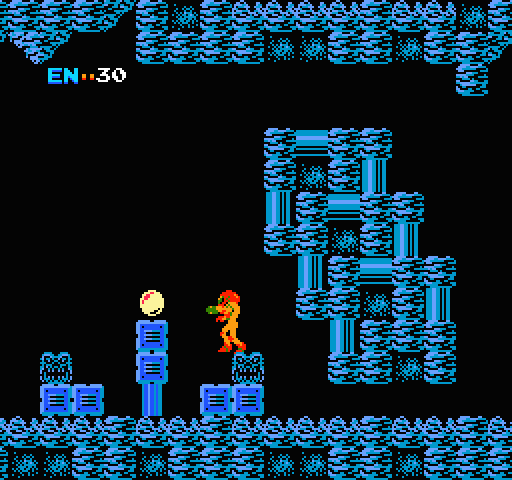
The platforming element of Metroid is mostly tight, though it does have moments of feeling at least a little unfair. This is usually due to enemy knockback (not an uncommon feature in NES games) or a jump not executing properly. Specifically regarding this, Samus has two types of jumps. the first sees Samus stay upright and is executed by jumping while not moving. This jump doesn’t travel as far as the second type, but does provide a bit more precision (or this has been my experience, you may have differing viewpoint). The second jump is executed by jumping while moving and sees Samus ball up. It’s always seemed to me that this jump goes further, but can make landing on a small platform a bit trickier. Again, this could just be how I play the game.
If there’s any drawback to Metroid, it is the map system. Or, more specifically, the complete lack of a map system. Zebes is quite large and includes five main areas (linked together by an elevator system), and is very mazelike. The areas do have distinct looks to help you differentiate them from one another, but you need either luck, a photographic memory, or some grid paper to truly explore this game. When I was much younger, I know I used a sketch pad to map out Metroid II, and think I did the same for Metroid, but I’m not 100% sure. I may have just had patience and luck. For this past playthrough, I used an unmarked map I found online. I don’t have the patience or time I once did.
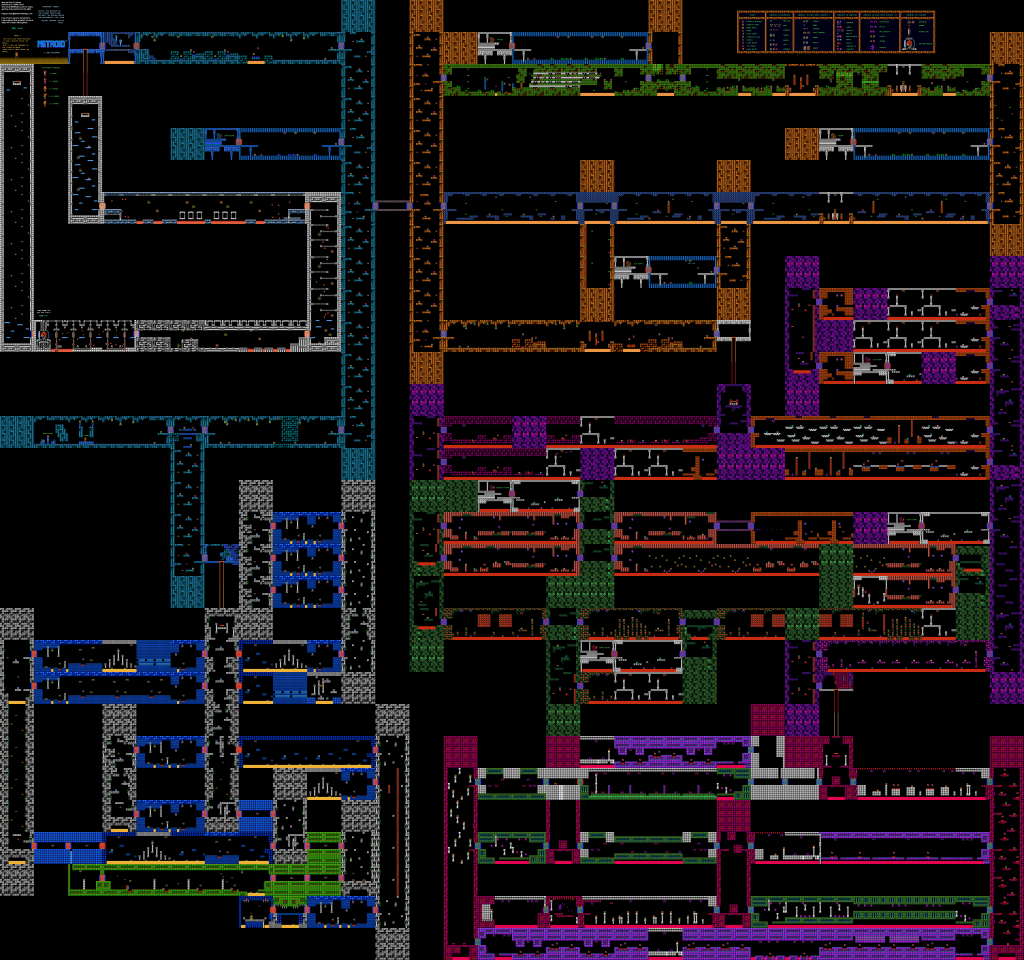
Now, the mazelike map does have its benefits in that it creates a true sense of isolation and apprehension. I know this is an 8-bit game, but you truly get a sense of being stuck in this strange world. This is aided by an excellent soundtrack that constantly sets the mood for the game. Especially as you go ever deeper into Zebes and encounter stronger and stronger enemies.
Conclusions:
The influence Metroid has had on video games can’t be overstated. Very few games have such an impact on video game design that they get an entire genre named after them, but here we are. Metroid was not the first non-linear exploration based game (I think Adventure or Haunted House on the Atari may have that claim), but I think it is safe to say it has been the most impactful. The Metroidvania (Metroid + Castlevania, for anyone that may not know the source) genre is still very healthy today.
Also, no review of Metroid is complete without also noting that, upon completing the game, you discover that Samus Aran is not your typical guy hero, but is instead a woman. Again, this isn’t at all odd today (Stellar Blade just launched, after all), but for the time, it was twist worthy of The Sixth Sense.
Whenever I revisit a game such as Metroid or Mega Man or The Legend of Zelda, I always wonder if the developers had any clue just how long lasting their work would become. How influential their decisions would be on the games coming after them. Metroid is 38 years old as of this writing, but the franchise is still quite active. Both Metroid Prime: Remastered and Metroid Dread were extremely successful on the Switch and with Metroid Prime 4 still on the horizon, I think the future of Metroid is as bright as ever.
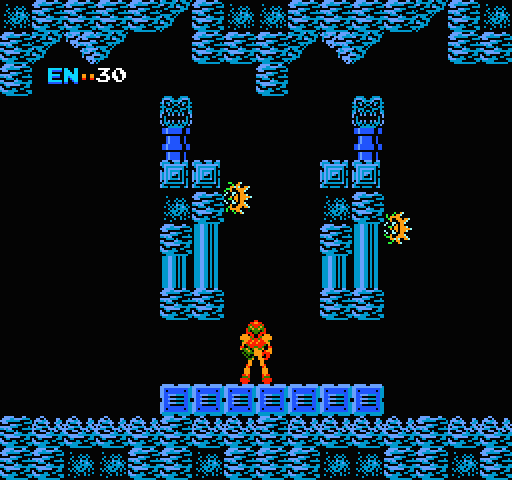

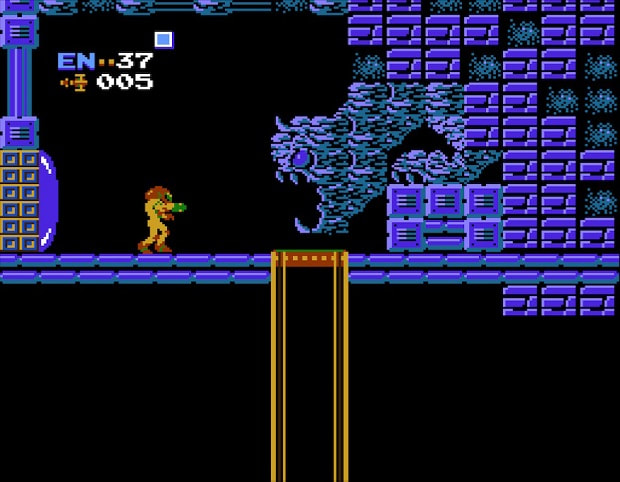
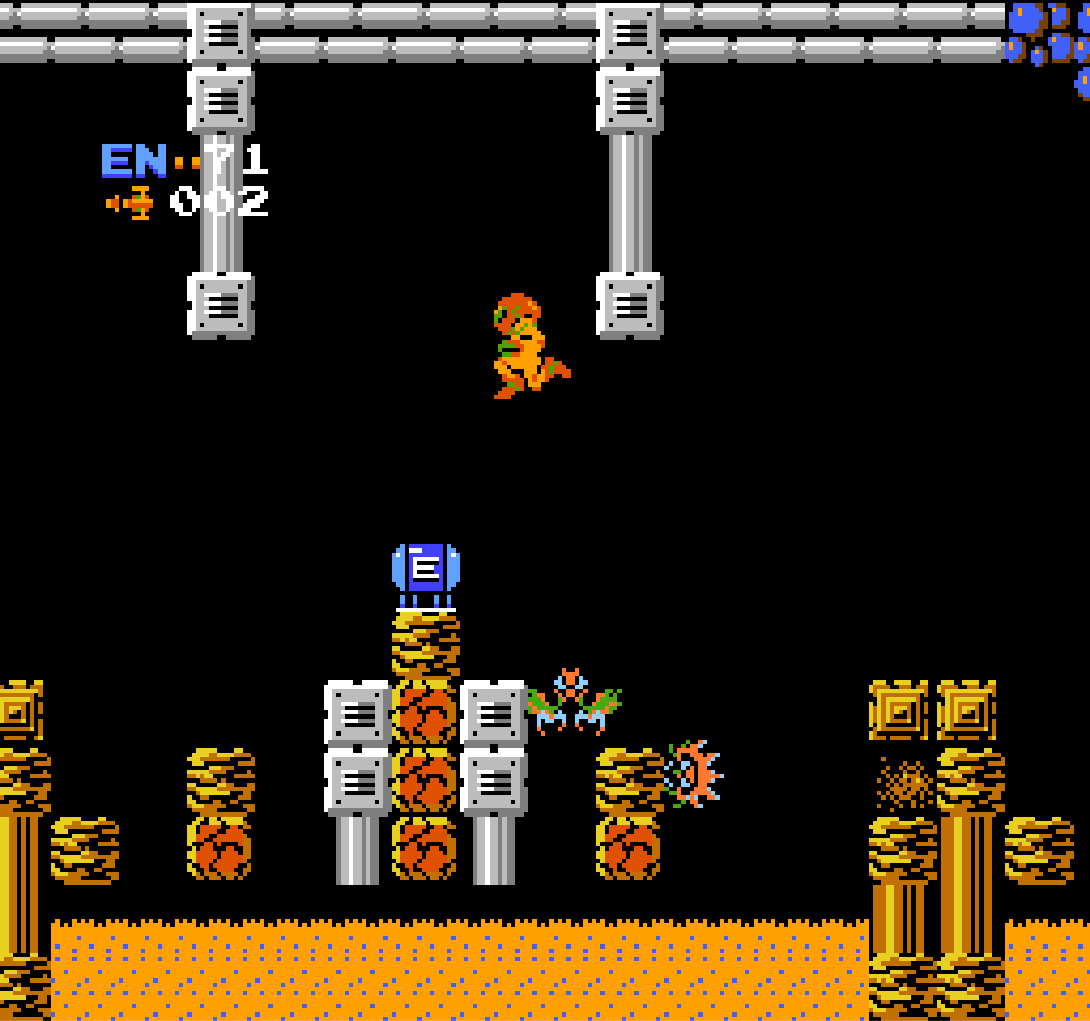
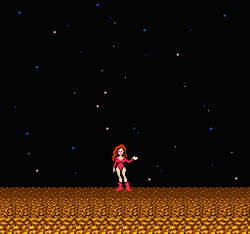

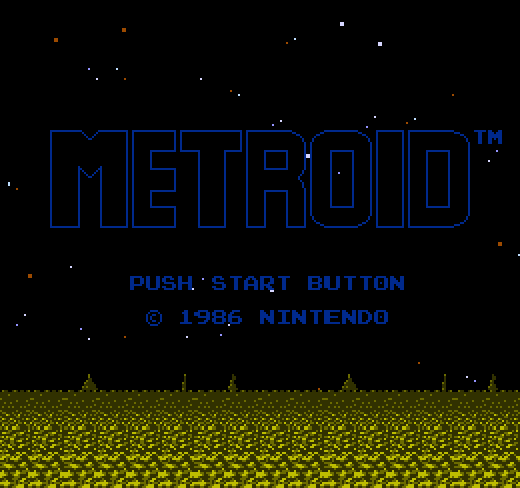
Leave a comment